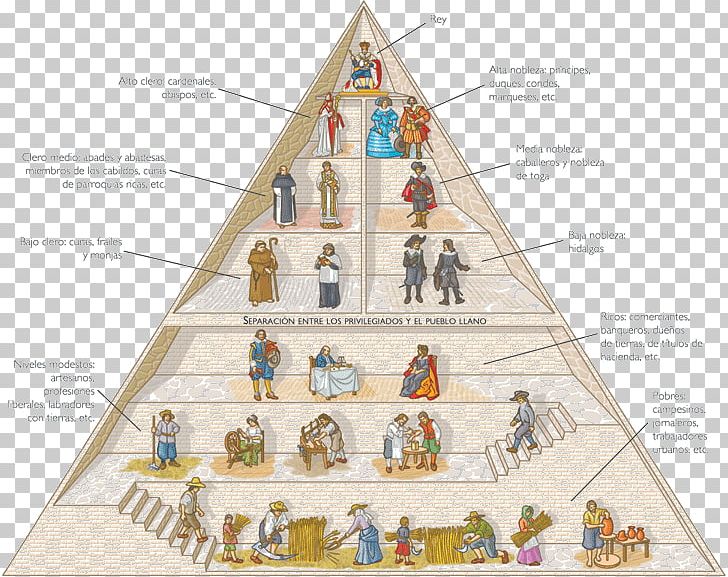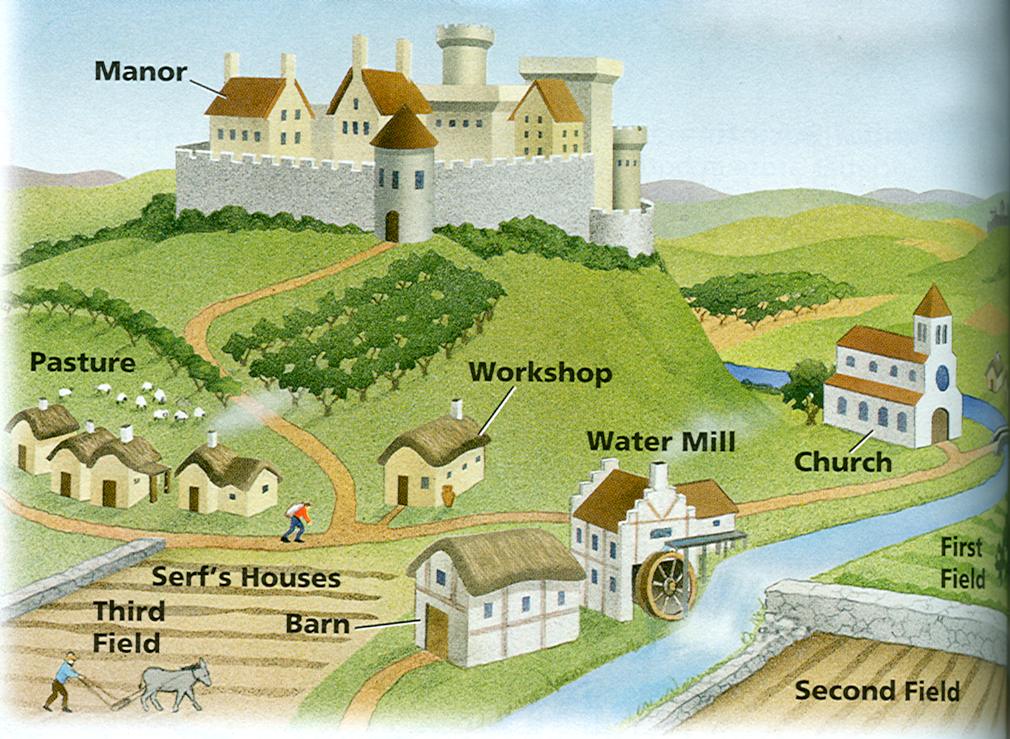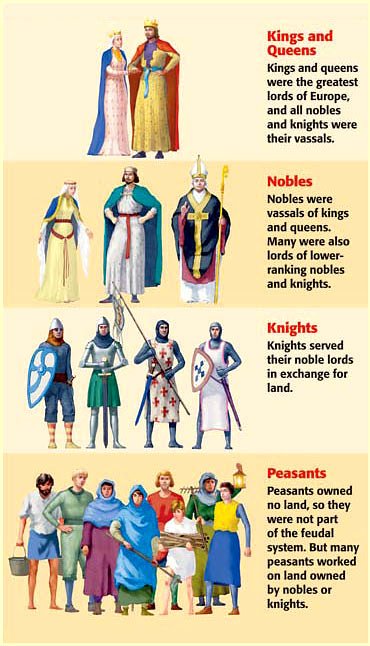

Other causes of the decline of feudalism include the establishment of Parliament, which allowed nobles to start challenging kings, and the development of towns, which gave rise to a wealthy merchant class who could fund armies independent of feudal control.

It was largely due to the Magna Carta (1215), which limited royal power and protected personal freedoms in England. The downfall of feudalism was caused by various factors, namely the rise of strong monarchies. King John signed the document while on a campaign against Phillip II in 1215, but it wasn’t until 1297 that it became valid in England.


The “Magna Carta” was the first thing that caused the downfall of feudalism. The Church wanted to be more influential than the nobles, so they started to oppose them. The Church opposed the rich and powerful nobles their wealth was a severe threat to their power and authority. The Catholic Church was a major factor in the decline of feudalism. During the Medieval Times, the nobles had a lot of power and were considered superior to their peasants. Peasants wanted freedom from feudalism, while nobles wanted to maintain the status quo. They also had to fight in wars on behalf of their kings. Meanwhile, the peasants had to give up their time and crops for the good of their lords. It allowed them to fight in tournaments, have knightly adventures, and get in trouble with other nobles as they pleased. The Church was responsible for people’s eternal souls and their worldly matters too.įeudalism was a system that provided lots of benefits for the nobles. The kings/lords also needed help governing the land they turned to the Church. The lords needed knights to protect the kingdom, and if a nobleman was rich and powerful, he could have more than one knight in his service. Likewise, they could not share their land with another noble unless he or they had taken the land from a previous owner. They were obligated to defend their fief and not claim it unless they had a legitimate reason. The tenant or vassal was expected to protect the castle or estate and provide military service, which was used instead of taxes. However, they were also expected to work on their lord’s land at certain times of the year (known as corvée). The peasants were given a small farm where they could grow their crops and raise their animals this was known as a fief. The nobles and the Church, the two mainstays of feudalism, had the privilege to live in the castle and its grounds. Feudalism’s early form dates back to Roman times when the king or lord owned all land in a given area vassals would fight for him in exchange for protection by his army. Feudalism lasted until the decline of feudalism, i.e., the late 14th Century. The system of government was based on military service and a loosely-knit network of relationships between aristocrats, vassals, lords, and kings. About Feudalismįeudalism was a system of government and society in Europe that developed during the High Middle Ages. The king’s warriors or knights would travel on horseback with their followers, aided by peasant infantry. Feudalism developed when society had no strong central government and relied on local leaders at various levels to enforce peace between regions. The decline of feudalism was a change in the social, economic, and political structures that occurred due to various factors.ĭuring feudalism, people were subservient to the nobility. But with the population growth and the economic development, the feudal system was eventually replaced by capitalism. For centuries, feudalism had been the dominant form of the social organisation of much of Europe.


 0 kommentar(er)
0 kommentar(er)
